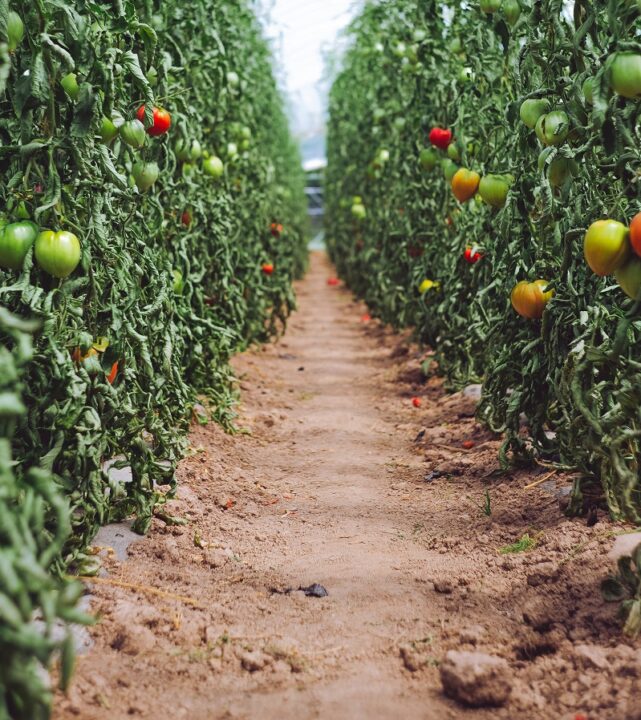In Focus: David Warman

1. Are more growers including biological types of materials in their disease and pest control programs to guard against resistance?
Warman: Growers are rapidly adopting the use of biopesticides for resistance management. Biopesticides generally have unique modes of action that are unlike synthetic pesticides, and biopesticides typically do not rely on a single target site for efficacy. These characteristics both improve control and delay the development of resistance. For example, growers in Florida often use synthetic copper hydroxide to control bacterial diseases, but there is widespread resistance to copper because it has been used for many years. Growers add our biofungicide Regalia to copper applications in order to improve control and delay resistance of bacterial pathogens on tomatoes, peppers, citrus, strawberries, snap beans, and other crops.
2. Do you have any tips to help maximize the performance of biopesticide products?
Warman: Like all plant protection products, biopesticides are most effective when used in programs with other products with different modes of action. Biopesticides can be used alone, in rotation, or tank mixed with conventional chemistries to improve pest control, enhance plant growth, and increase yield. Commonly, biopesticides also are effectively used in late-season applications in order to manage chemical residues on harvested produce. Marrone Bio Innovations sponsors an online course about biopesticide use, value, and benefits at www.marronebio.com/biopesticides.
3. What is unique about Grandevo?
Warman: Grandevo is the first new microbial insecticide introduced since Bt nearly 50 years ago. The active ingredient in Grandevo is a new species of chromobacterium. The product is unique in that it has three modes of action (contact, ingestion, and repellency), and Grandevo controls a broad spectrum of both chewing and sucking insects. University and independent field trials prove that the performance of Grandevo is equal to or better than that provided by many chemical insecticides.





![Looking To Grow Crops Under Cover? Here's Some Advice [Video]](https://www.growingproduce.com/wp-content/uploads/2024/09/WP-CEAgTalk-Ep16-full.jpg)



